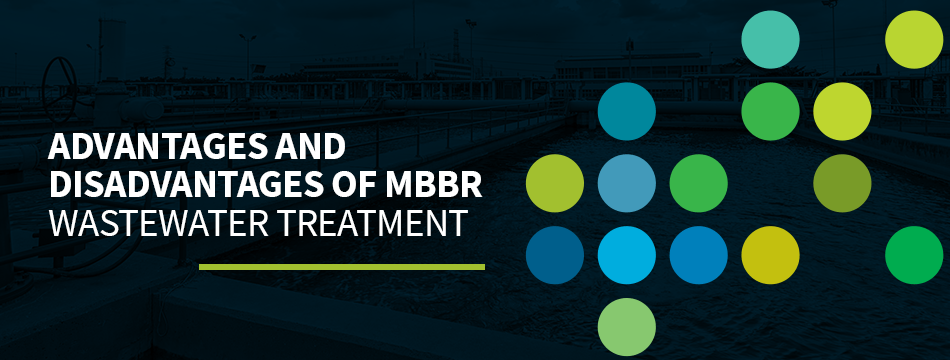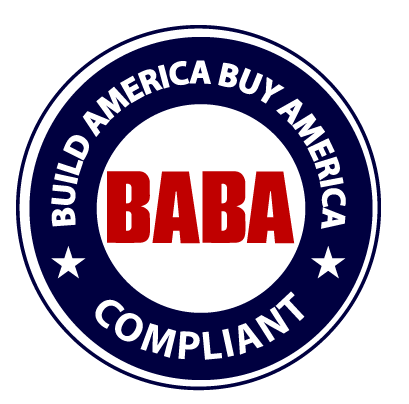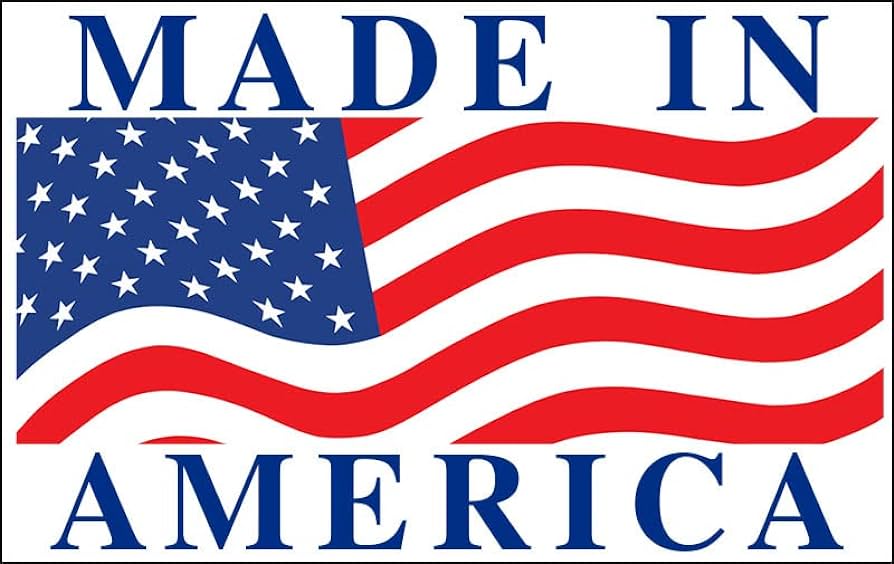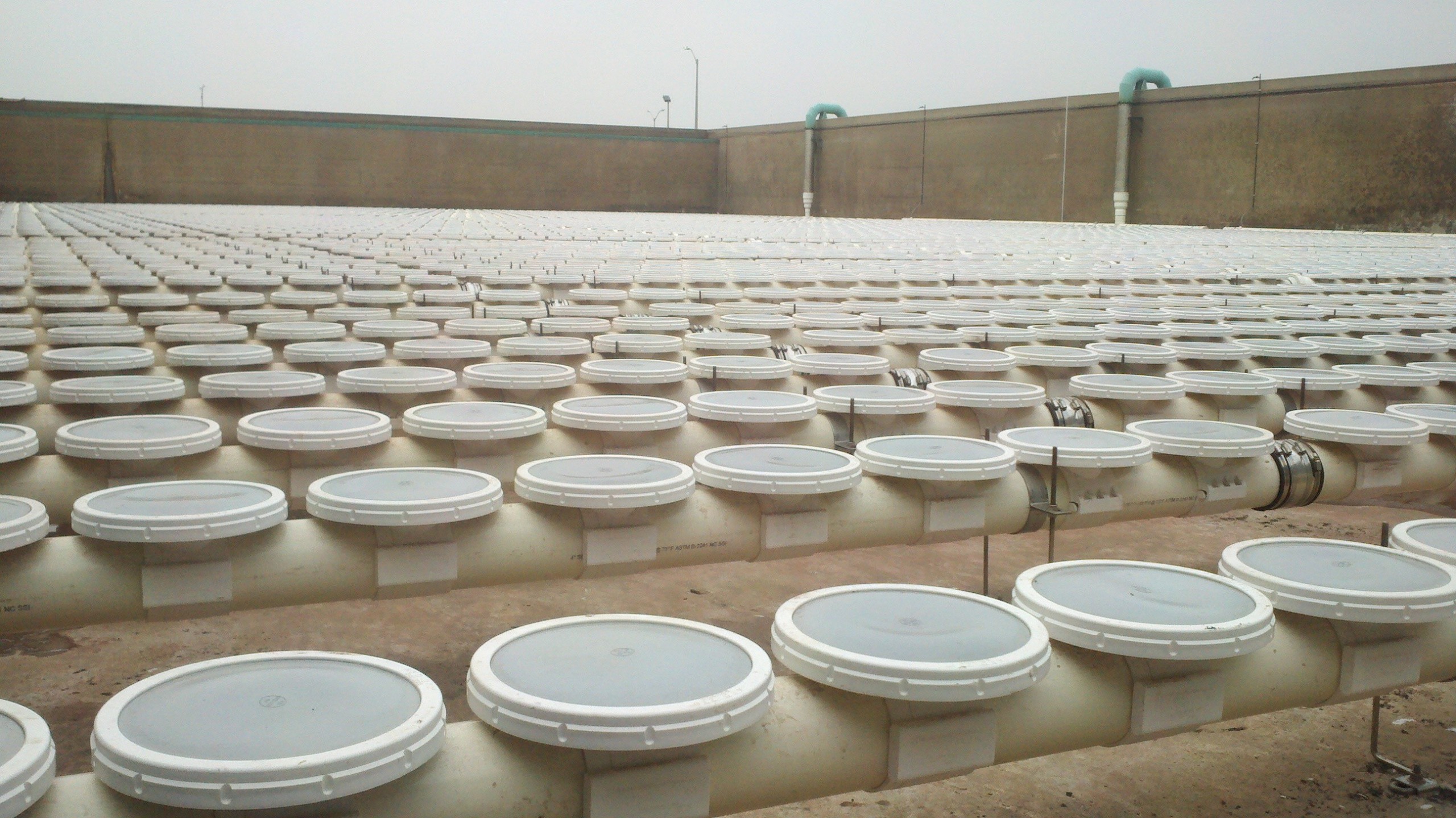Contact Us Today
Conventional Activated Sludge Wastewater Treatment Systems
The conventional activated sludge (CAS) wastewater treatment process is an aeration system that removes dangerous substances from effluent water to minimize their impact. It is an ideal cleaning solution to ensure the wastewater from industrial and municipal plants is safe enough to be released back into the environment.
Process Design
Conventional activated sludge systems consist of an aeration tank, in which the wastewater is mixed with oxygen. This process activates microorganisms that digest the wastewater and collide with each other, forming flocs. These flocs have an increased ability to degrade the wastewater’s biological components.
The conventional activated sludge process usually involves these components:
- Primary screening: This is otherwise known as the grit removal phase. The wastewater is passed through screens of varying sizes to filter out leaves and other solid waste.
- Equalization (EQ) tank: After the primary screening, the wastewater travels to the primary sedimentation or EQ tank, in which microorganisms naturally decompose the organic waste. Oxygen is injected into the tank to feed and multiply the microorganisms and flocs.
- Clarifying tank: After going through the EQ tank, the wastewater is sent to the clarifying tank, also known as the “settling tank.” This is where the microorganisms sink to the bottom of the tank, letting the water grow cleaner and reach a state of clarification. The microorganisms are recycled back into the EQ tank to decompose more waste solids.
- Tertiary filter: While wastewater is often safe enough to be reintroduced into the environment after clarification, this component can be utilized to remove more total suspended solids and produce cleaner effluent. Water that has gone through tertiary filters can often be used for purposes requiring cleaner water.
Benefits of Conventional Activated Sludge Systems
CAS is the most popular form of wastewater treatment across industries for various reasons:
- Reliability: The CAS system is reliable, ensuring plants can release wastewater safely into the environment.
- Familiarity: Since CAS is one of the oldest wastewater treatment systems, it is familiar to those working in the wastewater industry. It will be easier to find a technician to fix any issues, should they arise.
- Versatility: The CAS system offers flexibility for handling various types of loads.
Diffusers
Diffusers are essential for aeration in CAS systems. SSI Aeration, Inc. offers reliable coarse bubble diffuser design through several products, including:
- The AFC coarse bubble disc diffuser for EQ tanks, offering adaptable flow operation
- The ReliaBall® SSI coarse bubble disc diffuser for preventing clogging
- Wide Band diffusers, which can handle more demanding applications in wastewater treatment
Full Service
The aeration system designers at SSI Aeration, Inc. understand many factors are involved in building a reliable CAS system customized for clients’ environmental conditions and budgets.
SSI designers handle all the heavy lifting, including pipe installation, retrieval systems, diffusers, mounts, supports and accessories.
The SSI Aeration, Inc. team will help clients design the ideal wastewater treatment system and assist through every step of the process, including:
- Consultation
- Calculations
- Simulations
- Hydraulic studies
- Drafting
- Specifications
- CFD modeling
- Biological process simulation
If you’d prefer designing your own diffused aeration system, SSI has a range of design tools in the Aeration Technology Portal. Assemble your vision for a tailored aeration system, and SSI will create a design fitting your needs.
Choose SSI for All Your Conventional Activated Sludge Needs
With over 20 years of experience in helping organizations across industries treat their wastewater, SSI Aeration, Inc. will ensure your treatment system helps your business stay regulation-compliant and keeps the environment safe. Call today to request a quote, or submit the contact form.
Contact Us
Advantages and Disadvantages of MBBR Wastewater Treatment
Table Of Contents WHAT IS MBBR WASTEWATER TREATMENT? HOW DOES MBBR WASTEWATER TREATMENT WORK? ADVANTAGES OF MBBR WASTEWATER TREATMENT DISADVANTAGES OF MBBR WASTEWATER TREATMENT INDUSTRIES THAT WOULD BENEFIT […]

EPDM vs. PTFE Membranes
Table Of Contents What Are EPDM Membranes? What Are PTFE Membranes? Choosing the Right Membranes for Your Application Contact SSI Aeration for World-Class EPDM and PTFE Membranes Many wastewater […]

A Comparison Of 5 Wastewater Aeration Systems & Processes
Table Of Contents WHAT IS ASP AERATION? HOW DOES ASP WORK? PROS AND CONS OF ASP WHAT IS SBR AERATION? HOW DOES SBR WORK? PROS AND CONS OF […]

Disc Diffusers vs. Tube Diffusers
Table Of Contents WHAT IS THE DIFFERENCE BETWEEN DISC DIFFUSERS AND TUBE DIFFUSERS? Pros of Disc Diffusers Cons of Disc Diffusers Pros of Tube Diffusers Cons of Tube Diffusers […]







